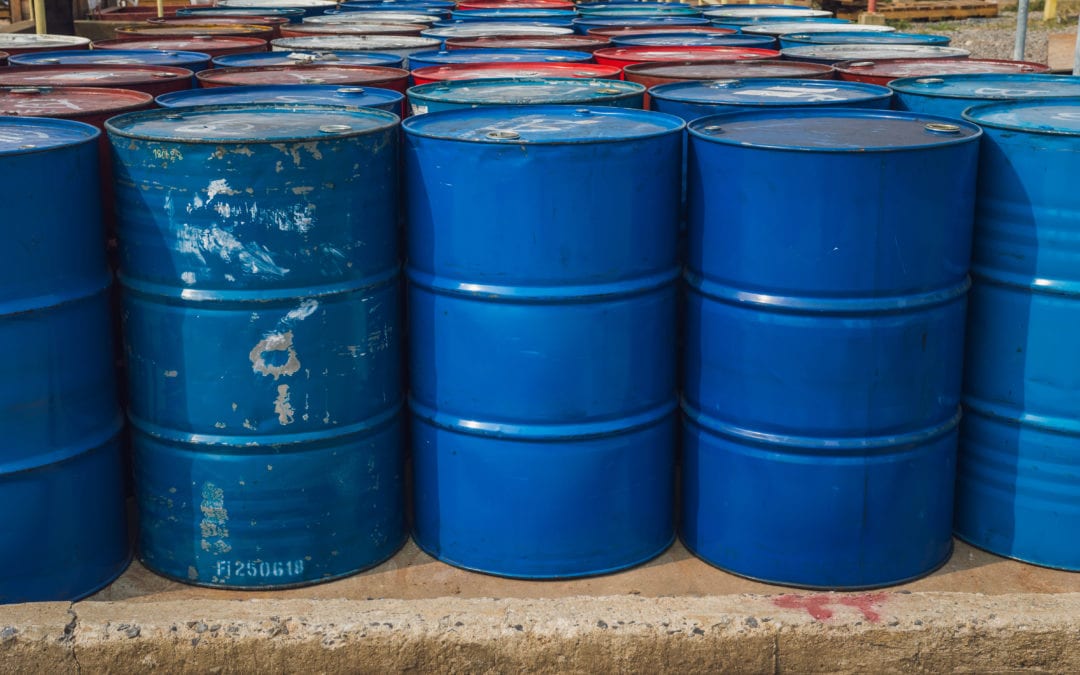Handling hazardous materials is an essential task for most operations in the oil and gas industries, so it’s not an issue that companies can simply ignore. Management of dangerous substances isn’t only a matter of logistics and efficiency, it’s also a matter of workplace safety and regulatory compliance. Companies are obligated by law to follow certain protocols when handling any substance officially classified as a hazardous material.
The Importance of Proper Handling Procedures for Hazardous Materials
There are several key reasons that motivate companies to improve their material hazards handling procedures: impact on employees, legal compliance and workplace liability.
Maintaining Employee Safety
Mistakes in transport, storage or use of hazardous materials can have devastating consequences for workers on site. While the level and type of danger can vary greatly depending on the specifics of the scenario, many of these hazards have the potential to cause life-threatening injuries. Improvements in training, equipment and methods can ultimately save lives.
Legal Obligations for Materials Handling
Companies that handle recognized hazardous materials must follow all relevant regulations or risk legal penalties. This includes applicable federal laws, like Title 49 of the Code of Federal Regulations, as well as those enforced at a state or local level. Companies that violate these regulations face the prospect of heavy fines or other punitive action.
Exposure to Liability
Aside from the potential fines of violating regulatory code, failing to properly handle hazardous substances can also expose employers to liability for damage to personal or environmental health. Parties who have been negatively impacted by a company’s negligence have strong ground for financial claims in court.
Basic Federal Regulations for Material Hazards
There are several potential sources of regulation for operators in the oil and gas industry, but Title 49 of the Code of Federal Regulations is fundamental for almost everyone. The code is currently made up of nine volumes that cover a wide range of issues ranging from acceptable limits on container contents to proper documentation procedures.
Title 49 includes testing requirements for packages, as well as standards to ensure specific performance goals under certain conditions. The regulation’s provisions include details regarding handling issues specific to hazard type, including materials with radioactive, corrosive and poisonous properties. Leak-proof bags and shock-resistant packing materials are two examples of the many preventative packaging options available.
Moving Forward with Hazardous Materials
The skills, knowledge and equipment needed to safely and efficiently handle large volumes of hazardous materials can take a long time to develop. Many companies in the oil and gas industries struggle to build these resources internally, which only makes it more difficult for leaders to take full control of the issues.
As a provider of logistics and safety services, Expeditors and Production Services (EPS) helps companies improve safety, cut costs and ensure compliance when handling hazardous materials. We not only deliver value through experienced and knowledgeable personnel, but also through access to shorebase services and facilities.
Waiting to improve hazardous materials handling procedure can be an expensive decision. While this challenge may seem like a costly and difficult one to overcome, it can actually be a fantastic opportunity to create lasting improvements throughout your company.

